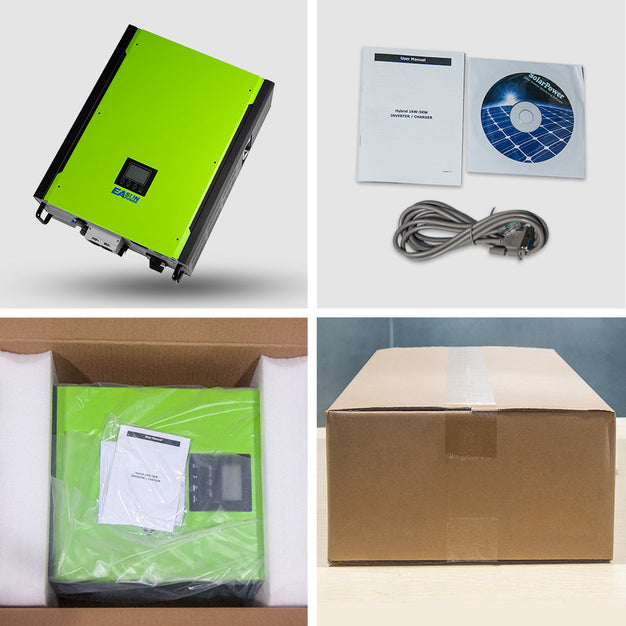In the realm of renewable energy, the photovoltaic solar inverter with MPPT plays a crucial role in optimizing the performance of solar power systems. But what exactly does MPPT mean, and why is it so important? This article aims to provide a comprehensive understanding of Maximum Power Point Tracking (MPPT) technology and its significance in photovoltaic solar inverters.

What is MPPT?
MPPT stands for Maximum Power Point Tracking. It is a technology used in photovoltaic solar inverters to maximize the energy harvested from solar panels. Solar panels produce varying amounts of electricity depending on factors such as sunlight intensity, temperature, and shading. The MPPT algorithm continuously adjusts the electrical operating point of the modules, ensuring that the inverter extracts the maximum possible power.
The Importance of MPPT in Photovoltaic Solar Inverters
Why is MPPT essential for photovoltaic solar inverters? The answer lies in its ability to enhance energy efficiency. Without MPPT, solar inverters would operate at a fixed voltage, potentially leading to significant energy losses. Here are some key benefits of using a photovoltaic solar inverter with MPPT:
- Increased Energy Harvesting: MPPT allows for optimal energy extraction, especially during fluctuating weather conditions.
- Improved System Performance: By continuously adjusting to the best operating point, MPPT ensures that the solar system performs at its peak.
- Enhanced Reliability: MPPT technology contributes to the longevity of the solar inverter by preventing overheating and overloading.
- Cost-Effectiveness: Higher energy yields translate to better returns on investment for solar energy systems.
How Does MPPT Work?
The operation of MPPT can be likened to a smart manager that constantly evaluates the performance of solar panels. It uses algorithms to find the maximum power point, which is the point at which the product of current and voltage is highest. This process involves:
- Measuring the output voltage and current of the solar panels.
- Calculating the power output.
- Adjusting the inverter's operating point to match the maximum power point.
This dynamic adjustment is crucial, especially in environments where sunlight conditions change rapidly. The efficiency gained through MPPT can significantly impact the overall energy production of a solar power system.
Choosing the Right Photovoltaic Solar Inverter with MPPT
When selecting a photovoltaic solar inverter with MPPT, consider the following factors:
- Efficiency Ratings: Look for inverters with high efficiency ratings to ensure maximum energy conversion.
- Number of MPPT Channels: More channels allow for better performance in complex installations with multiple solar arrays.
- Brand Reputation: Choose reputable brands known for quality and reliability in solar technology.
For those interested in exploring high-quality options, check out the range of available at Easun Power.
Conclusion
In conclusion, the integration of MPPT technology in photovoltaic solar inverters is vital for optimizing solar energy production. By understanding how MPPT works and its benefits, users can make informed decisions when investing in solar technology. As the world moves towards sustainable energy solutions, the role of the photovoltaic solar inverter with mppt will continue to be a cornerstone in harnessing solar power effectively.







